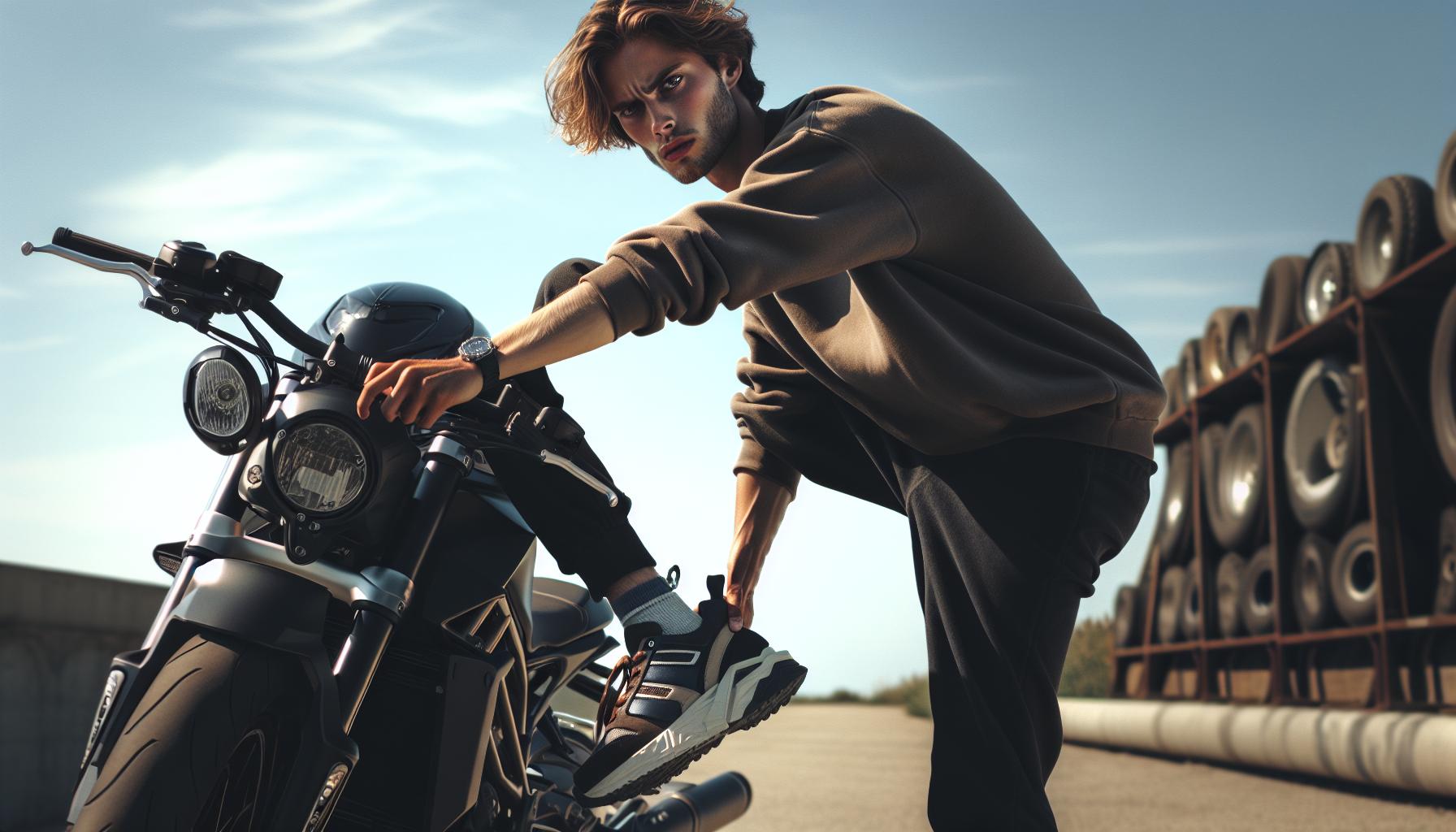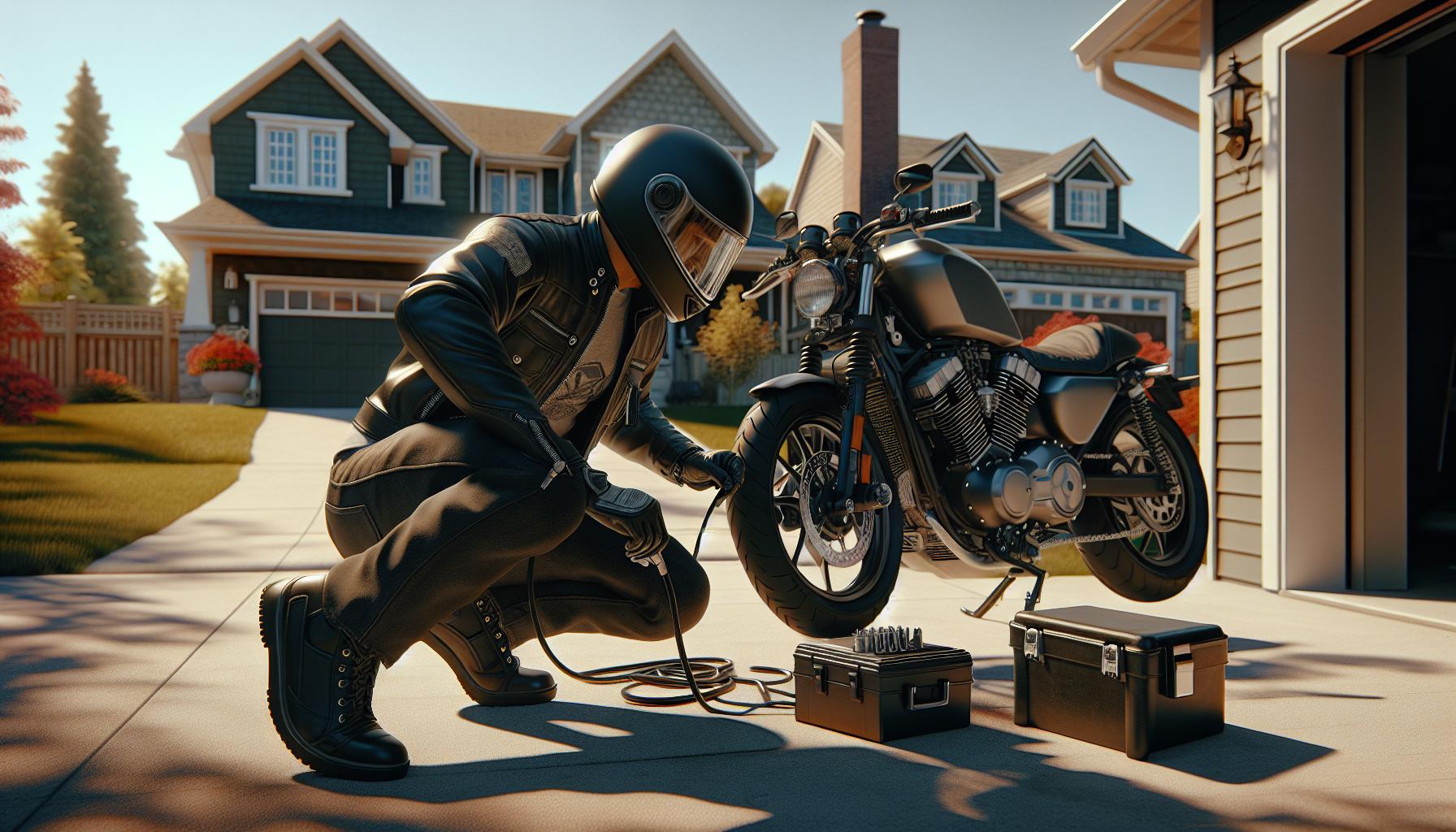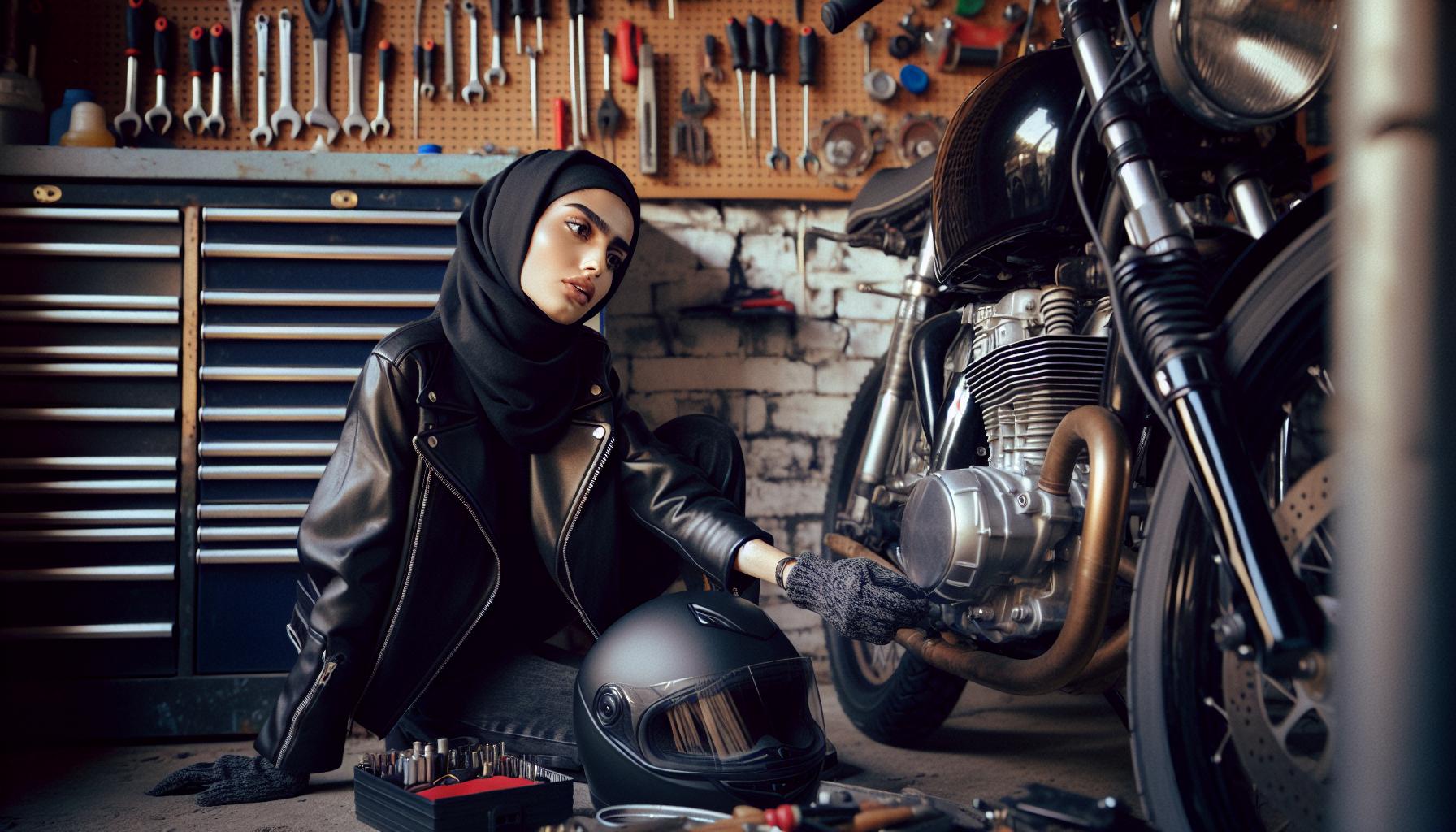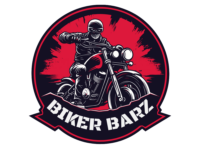Starting a motorcycle isn’t rocket science but it sure can feel that way for beginners. That satisfying roar of the engine coming to life is worth mastering the proper technique – unless you enjoy being that person awkwardly kicking or cranking away while onlookers stifle their giggles.
Whether it’s a modern bike with electric start or a vintage beauty with a kickstarter, knowing the right steps can mean the difference between a smooth takeoff and an embarrassing stall. From checking the fuel petcock to properly using the choke, there’s a method to the mechanical madness that’ll have riders confidently firing up their machines in no time.
Starting A Motorcycle
Safety checks protect both the rider and motorcycle from potential damage. These pre-ride inspections take less than 5 minutes to complete.
Fuel and Oil Level Inspection
The fuel level inspection starts with checking the tank’s capacity through the sight glass or fuel gauge. A motorcycle requires a minimum 1/4 tank of fuel for reliable starting. The oil dipstick reading determines adequate engine lubrication – the oil level sits between the upper and lower marks on a level surface. Fresh oil appears amber to light brown, while dark or dirty oil signals the need for an oil change. Opening the gas cap reveals fuel quality issues like water contamination or debris.
Battery and Electrical System Check
A voltage meter connected to the battery terminals displays a reading of 12.6 volts for a fully charged battery. The headlight brightness test indicates battery health – dim lights signal low charge levels. Battery terminals remain clean and corrosion-free for optimal electrical flow. Turn signals flash at regular intervals when activated. The horn produces a clear sound when pressed. Dashboard warning lights illuminate during key position checks then turn off once the engine starts.
Proper Starting Position and Posture

The correct starting position ensures optimal control over the motorcycle during ignition. A stable posture minimizes the risk of accidents during startup while maintaining balance.
Mounting the Motorcycle Correctly
Riders mount motorcycles from the left side with the kickstand down. The right hand grips the throttle while the left hand holds the clutch lever. A firm grip on both handlebars stabilizes the motorcycle when shifting body weight onto the seat. The rider’s feet remain flat on the ground with knees bent at 45 degrees for maximum stability. The spine aligns straight with shoulders relaxed to maintain control over the bike’s weight distribution.
Positioning the Kill Switch and Key
The right thumb positions over the kill switch in the “run” position before starting. The key inserts into the ignition switch located near the instrument cluster or below the handlebars. The ignition switch turns clockwise to activate the electrical system displaying dashboard lights. A neutral indicator light confirms the transmission’s safe starting position. The left hand maintains pressure on the clutch lever throughout the starting sequence to prevent unexpected movement.
Cold Start vs. Hot Start Procedures

Starting procedures differ significantly between cold engines (those that haven’t run for several hours) and hot engines (recently operated). The temperature of the engine determines the specific steps required for optimal starting performance.
Using the Choke System
Cold engines require an enriched fuel mixture for proper combustion. A motorcycle’s choke system increases the fuel-to-air ratio by restricting airflow into the carburetor or adjusting fuel injection settings. Riders activate the choke by pulling the lever fully out when the engine is cold. As the engine warms up after 3-5 minutes of running, gradually push the choke lever inward in 1/4 increments until it’s fully closed. Modern fuel-injected motorcycles feature automatic choke systems that adjust the mixture electronically.
Throttle Control Tips
Cold engines demand minimal throttle input during startup. Open the throttle 1/8 to 1/4 turn for carbureted motorcycles with the engine cold. Hot engines start smoothly with zero throttle input in neutral. Rapid throttle movements create an overly rich fuel mixture that floods the engine. Electric start motorcycles require a steady hand position with the thumb on the starter button while maintaining consistent throttle position throughout the starting sequence. Release the starter button immediately once the engine fires up to prevent starter motor damage.
Common Starting Problems to Avoid

Motorcycle starting issues create frustrating delays for riders. Understanding these common problems helps prevent starting failures during crucial moments.
Flooded Engine Issues
A flooded motorcycle engine occurs when excess fuel saturates the combustion chamber. Signs of flooding include a strong gasoline smell, wet spark plugs or repeated failed start attempts. To clear a flooded engine:
- Hold the throttle fully open
- Crank the engine for 5-10 seconds
- Remove spark plugs to dry them if cranking fails
- Wait 15 minutes before attempting to restart
- Avoid using the choke on subsequent attempts
Preventing engine floods requires proper cold-start procedures:
- Use minimal throttle during starting
- Apply choke only when the engine is cold
- Release the choke gradually as the engine warms
Battery and Starter Troubles
Battery-related starting problems stem from inadequate voltage or poor electrical connections. Key indicators include:
- Slow cranking speed
- Clicking sounds when pressing the starter
- Dim headlights during start attempts
- Complete electrical system failure
Essential maintenance steps include:
- Testing battery voltage (12.6V minimum)
- Cleaning terminal connections
- Inspecting starter relay connections
- Checking charging system output
- Replacing batteries older than 4 years
A properly maintained electrical system eliminates most starting issues. Regular voltage checks detect problems before complete failure occurs.
Warming Up Your Motorcycle
Proper warm-up procedures protect engine components from premature wear. The warming process allows oil to circulate thoroughly through the engine while bringing critical parts to optimal operating temperature.
Ideal Idle Time
Modern motorcycles reach optimal operating temperature in 3-5 minutes of idling at 1,200-1,500 RPM. Air-cooled engines require 2-3 minutes of idle time in temperatures above 60°F (15.5°C) while liquid-cooled engines stabilize in 1-2 minutes. The oil temperature gauge indicates proper warming when it reaches 180°F (82°C). Extended idle periods beyond 5 minutes waste fuel without providing additional benefits. Cold weather conditions demand 30-60 seconds of additional warm-up time to ensure proper oil circulation.
Progressive Throttle Application
Throttle control starts with gentle 1/8 turn inputs during the first 2 minutes of operation. Opening the throttle gradually in 10% increments allows engine components to expand uniformly. The initial acceleration requires maintaining RPMs below 3,000 for the first mile of riding. After 5 minutes of operation, the engine accepts full throttle application without risk of damage. Smooth throttle transitions prevent engine lugging or overrevving during the warm-up phase. RPM variations stay within a 2,000-range until operating temperature stabilizes.
| Temperature Condition | Warm-up Duration | Initial RPM Range |
|---|---|---|
| Above 60°F (15.5°C) | 2-3 minutes | 1,200-1,500 RPM |
| Below 60°F (15.5°C) | 3-5 minutes | 1,500-2,000 RPM |
Starting a motorcycle correctly is a fundamental skill that ensures both rider safety and engine longevity. Following proper starting procedures combined with regular maintenance checks helps prevent common issues and extends the life of vital components.
Taking time to warm up the engine and perform pre-ride inspections might seem tedious but these steps are crucial for a smooth reliable ride. Riders who master these starting techniques will find themselves enjoying trouble-free motorcycling adventures for years to come.
The key to success lies in developing consistent habits and understanding how different conditions affect the starting process. With practice these procedures will become second nature allowing riders to focus on what matters most – the thrill of the open road.

